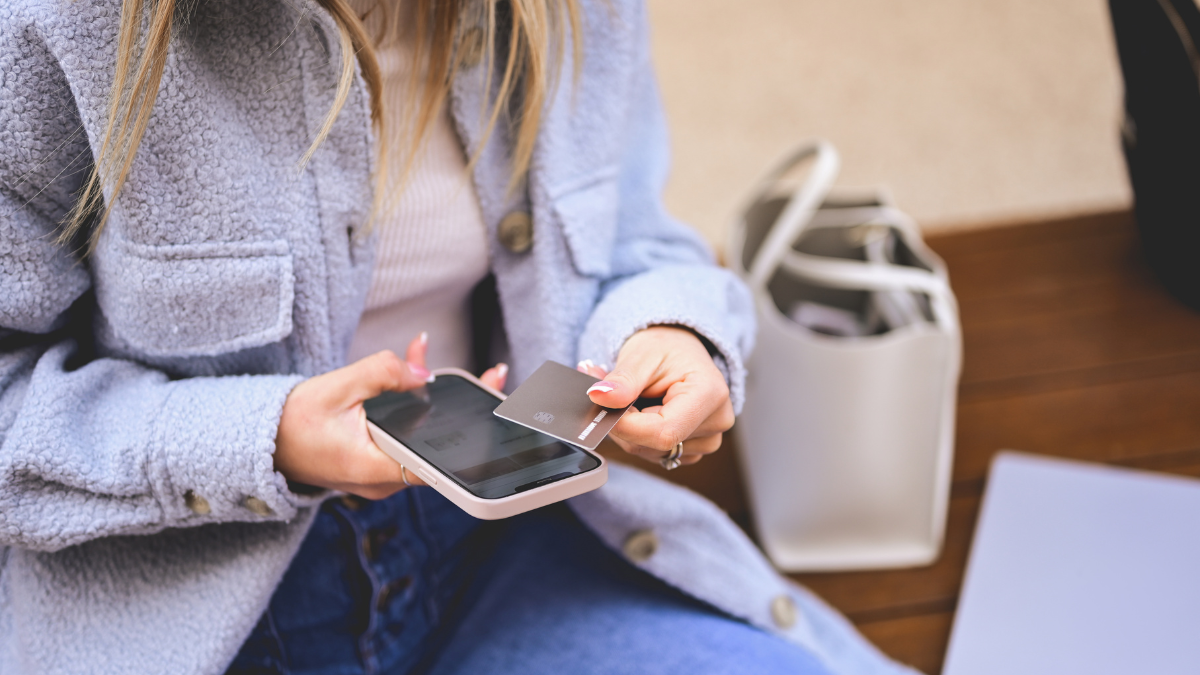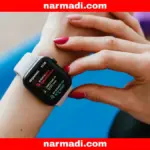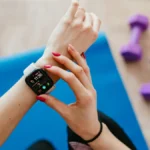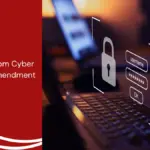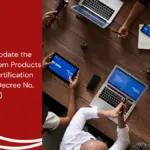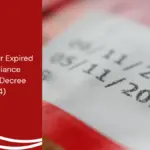The development of Near Field Communication (NFC) technology, which we have often encountered in various sectors recently, cannot be separated from the NFC feature on smartphones.
Since it was first introduced in 2010 via the Samsung Nexus S, which became the first Android cellphone with the NFC feature, more and more smartphones have been released with the NFC feature.
But do you know what the NFC functions are on your smartphones? The following are NFC functions on smartphones that many people rarely know about.
Also Read
Table of Contents
NFC functions on Smartphones
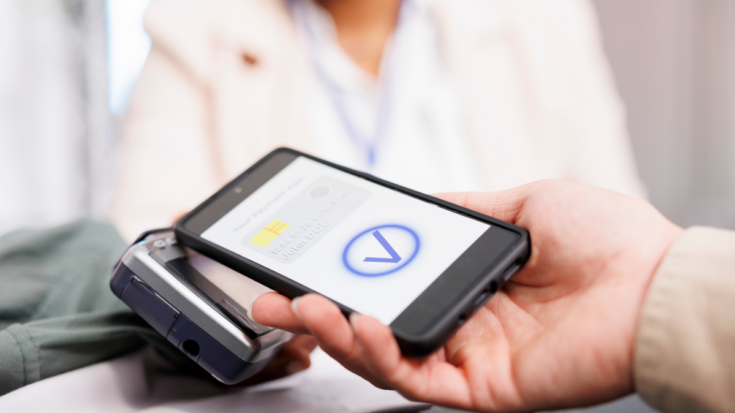
1. Top Up Electronic Money
Currently, electronic money is a means of payment used to pay tolls, take public transportation, and even shop at mini-markets.
The NFC function on the cellphone is to top up and check electronic money balances. So, when your electronic money balance runs out, you can top up at any time without having to go to a mini market or ATM.
Before entering the toll road, you can also check your electronic money balance so you don’t get stuck at the toll gate.
2. Transaction Payment Tools
One of the most attractive features of NFC is the ease of making digital payments. By simply touching their smartphones to a payment terminal that supports NFC, users can complete transactions quickly.
Besides that, security is one of the main advantages. Users do not need to carry cash or physical cards, which reduces the risk of theft or loss.
With digital payments, transaction history can also be easily tracked via financial applications on smartphones, making it easier to manage personal finances.
3. Easy Document Sharing
NFC makes it easier for users between smartphones to share documents easily and quickly. As in sharing photo and video documents.
Just by pressing the back of the cellphone against the NFC logo on an NFC-enabled device, photos and videos can be transferred or shared in a short time.
4. Sharing Contacts
The NFC feature makes it easy for you to share contacts or phone numbers with other smartphones. So, you don’t need to mention your cellphone number, write your contact name, email, etc.
Sharing contacts via NFC can send all data in contacts, including names, cellphone numbers, emails, photos, and other information.
The contacts sent will be saved in the contact list and can be contacted directly and synced to WhatsApp.
5. Scan Information
NFC makes it easier for cellphone users to scan information from smart posters. In the smart poster, there is an NFC chip.
Smart posters are currently widely used because they have various benefits, including making donations, buying concert tickets, or discounts on products.
Simply by scanning the NFC chip on the poster with a cellphone, users can obtain various content contained in the poster.
6. Recharging Smartphones
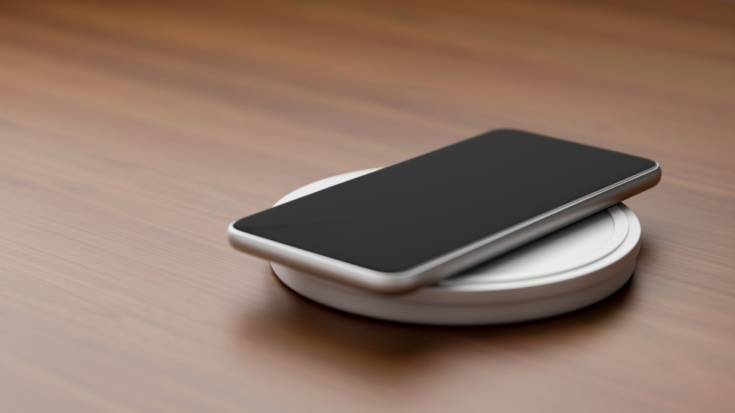
Wireless charging using NFC is becoming increasingly popular nowadays, as it provides an alternative for users who want to reduce cable clutter.
By placing the smartphones on a compatible charging pad, users can recharge the battery without any hassle.
This is not only practical but also keeps the charging port from wearing out quickly or avoids port damage.
This function is very suitable for those who frequently use smartphones and want to keep the device in good condition and don’t want to worry about cables.
7. Monitor and Track Logistics
In the business world, especially in logistics, NFC plays an important role in monitoring and tracking the movement of goods.
By attaching an NFC tag to the product, we will be able to get information related to the product such as location, delivery status, and delivery history which can be accessed in real-time using a smartphones.
This allows companies to perform more efficient inventory management, reduce the possibility of lost items, and ensure on-time delivery. With this system, companies can increase operational efficiency and reduce costs.
8. Health Monitoring
NFC is also paving the way for innovation in medical devices. With this technology, health devices, such as heart rate monitors or pedometers, can be easily synchronized with smartphones.
For example, medical devices such as glucose monitors can connect to cell phones and transmit data in real time.
This allows doctors to monitor patient conditions remotely and provide better care.
Additionally, users can monitor their health data, such as steps taken, heart rate, and sleep quality, in one application.
This function helps users manage their health more efficiently and provides useful insights for maintaining health.
These are the various functions that NFC can offer on smartphones. NFC truly brings convenience and efficiency to various aspects of daily life.
From fast digital payments to better health management, this technology has become an integral part of the modern user experience.

